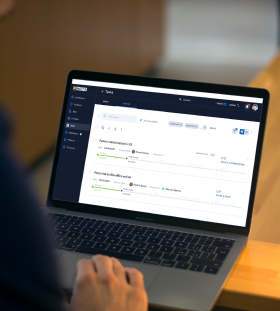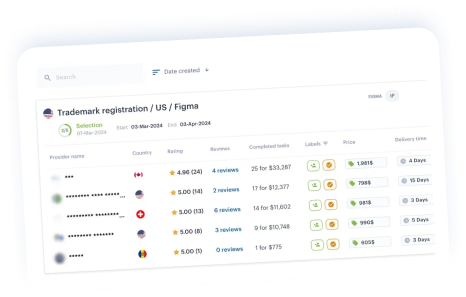Złożenie zgłoszenia międzynarodowego (PCT)
Proces PCT usprawnia globalne zgłoszenia patentowe, ale nie przyznaje „patentu międzynarodowego” ani nie zwalnia z konieczności składania wniosków i opłat w określonych krajach. Należy go złożyć w ciągu 12 miesięcy od daty pierwszeństwa



Proces PCT usprawnia globalne zgłoszenia patentowe, ale nie przyznaje „patentu międzynarodowego” ani nie zwalnia z konieczności składania wniosków i opłat w określonych krajach. Należy go złożyć w ciągu 12 miesięcy od daty pierwszeństwa







-
Asystent IP oparty na sztucznej inteligencji, który pomoże Ci w ciągu kilku minut utworzyć szczegółowe zadanie.
-
Wybór najodpowiedniejszego lokalnego rzecznika patentowego w oparciu o określone kryteria.
-
Przygotowanie wniosku na podstawie poprzedniego wniosku, jego złożenie i uregulowanie opłat rządowych.
-
Monitorowanie i raportowanie online na platformie w trakcie całego procesu.

-

Ponad 800 kancelarii prawnych zajmujących się prawem własności intelektualnej z ponad 150 krajów, rankingi i recenzje
-

Asystent IP oparty na sztucznej inteligencji, który pomaga tworzyć zadania i znajdować odpowiednich prawników
-

Stałe opłaty, bezpieczne i szybkie płatności online z gwarancją rezultatów
-

Dostęp do procesu rejestracji 24/7 i internetowe przechowywanie danych dla wszystkich Twoich spraw
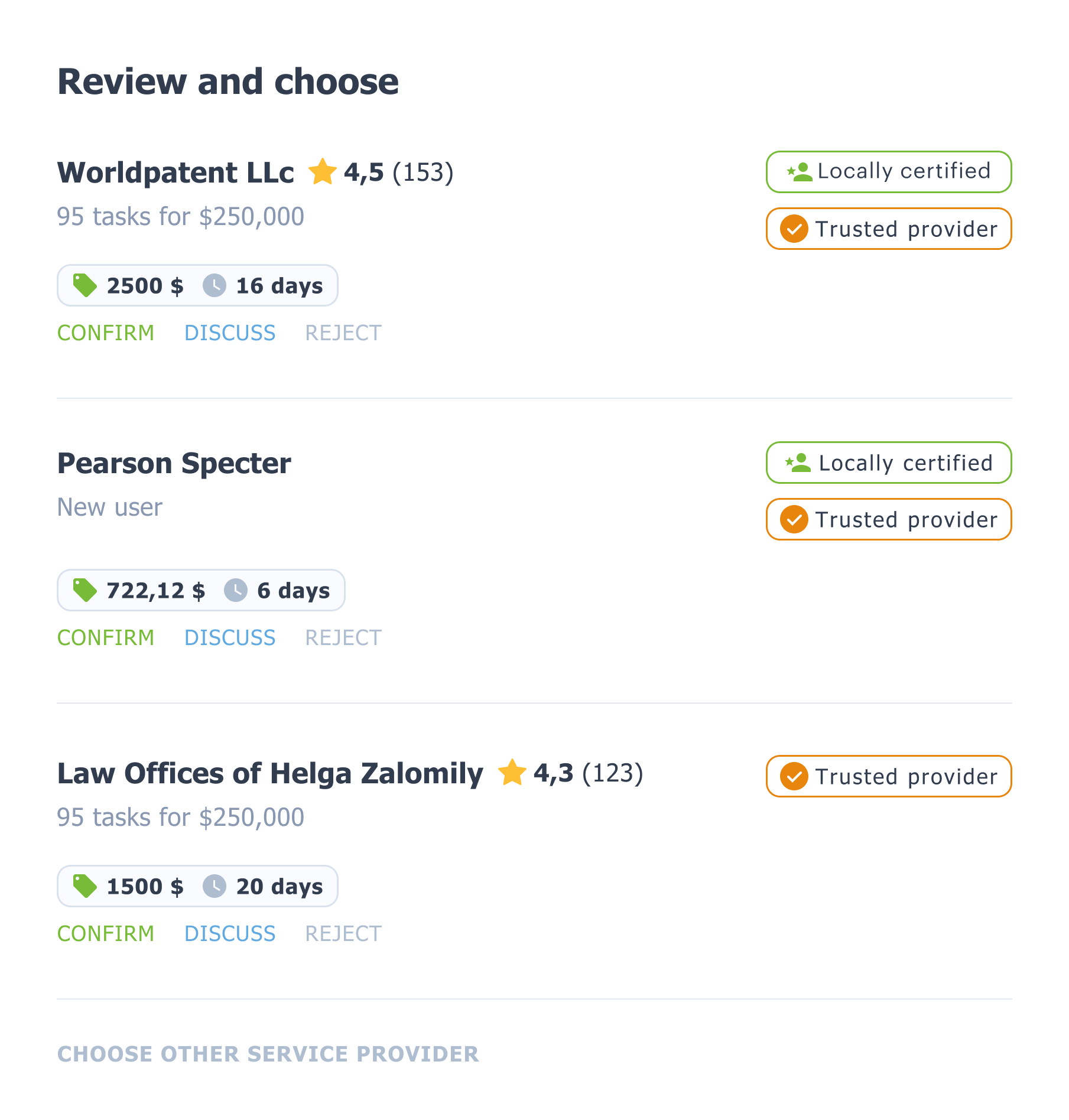







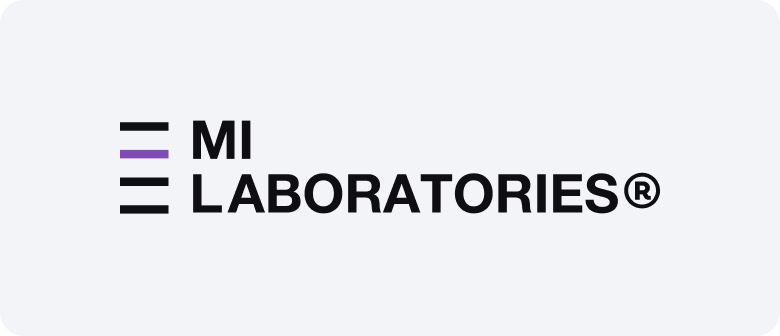
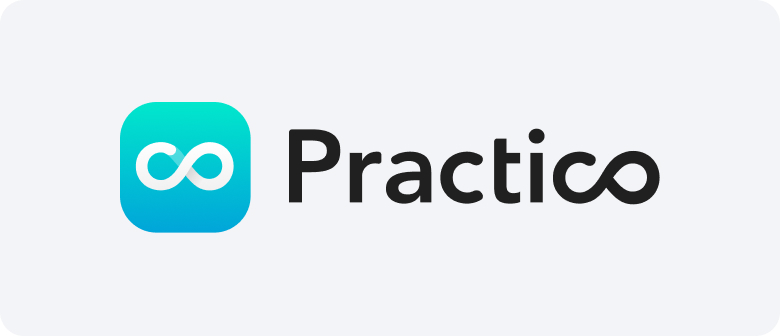
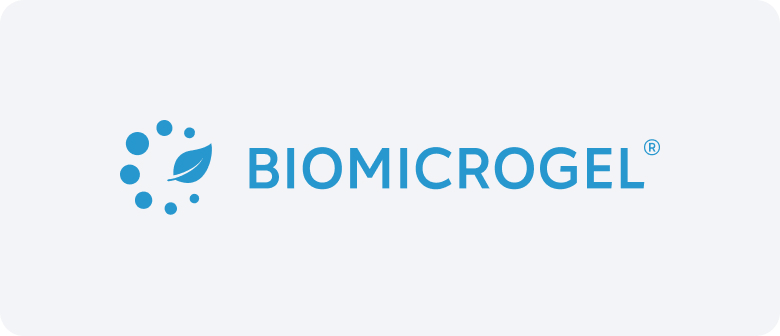
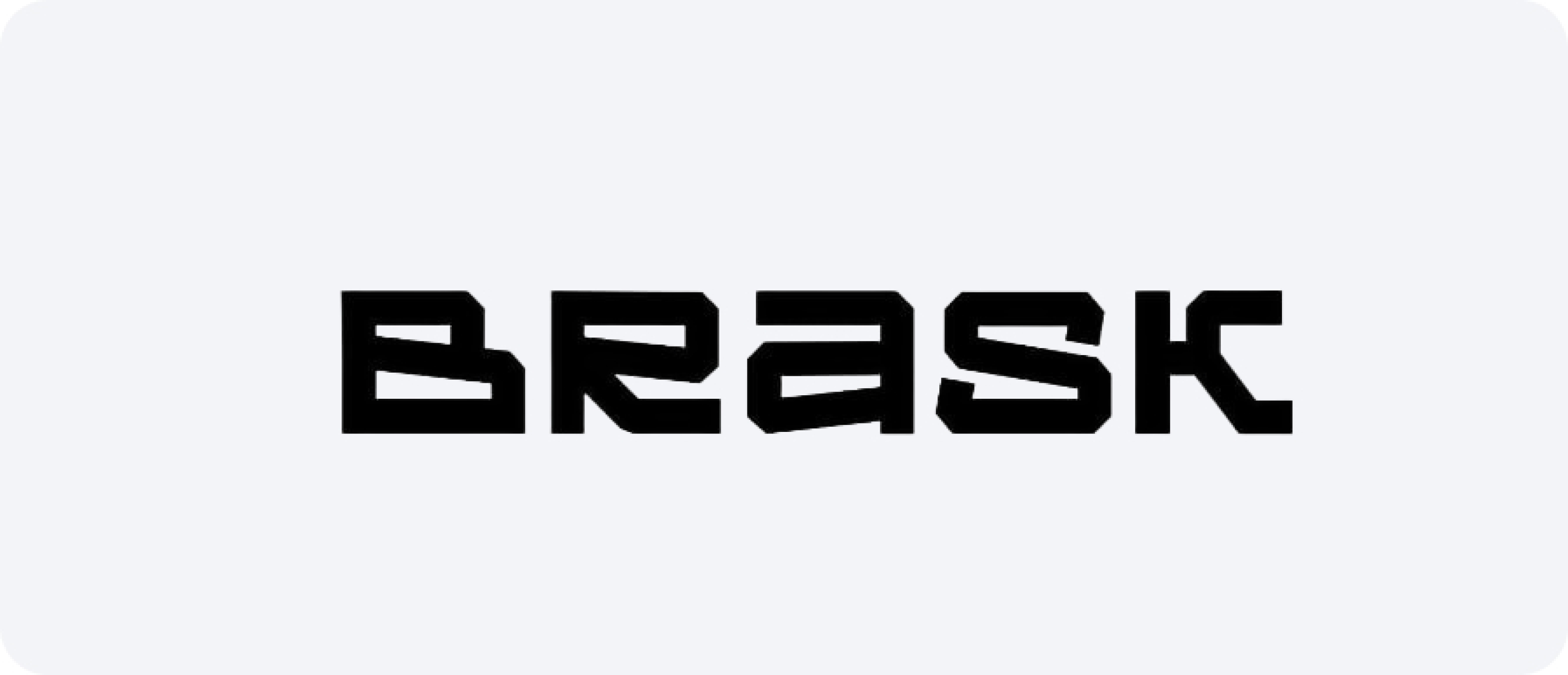

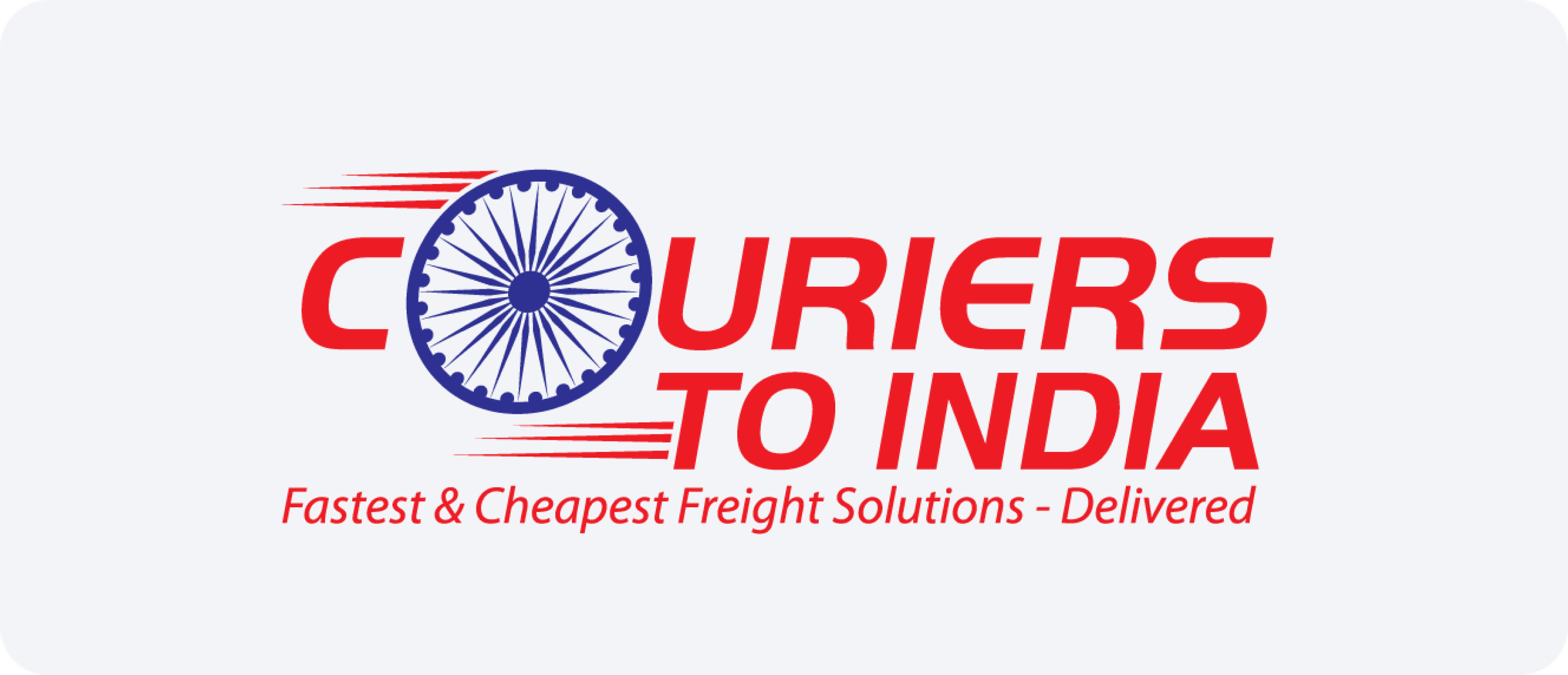


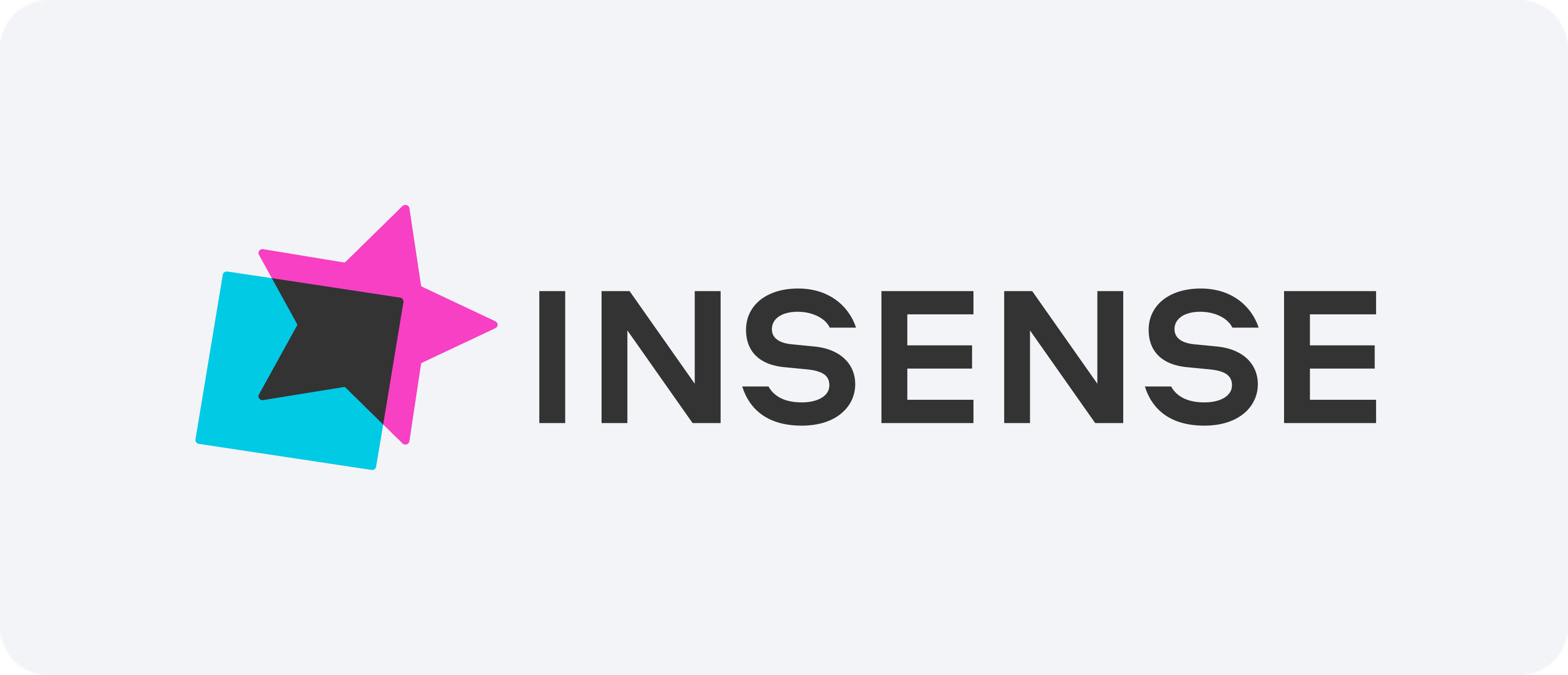

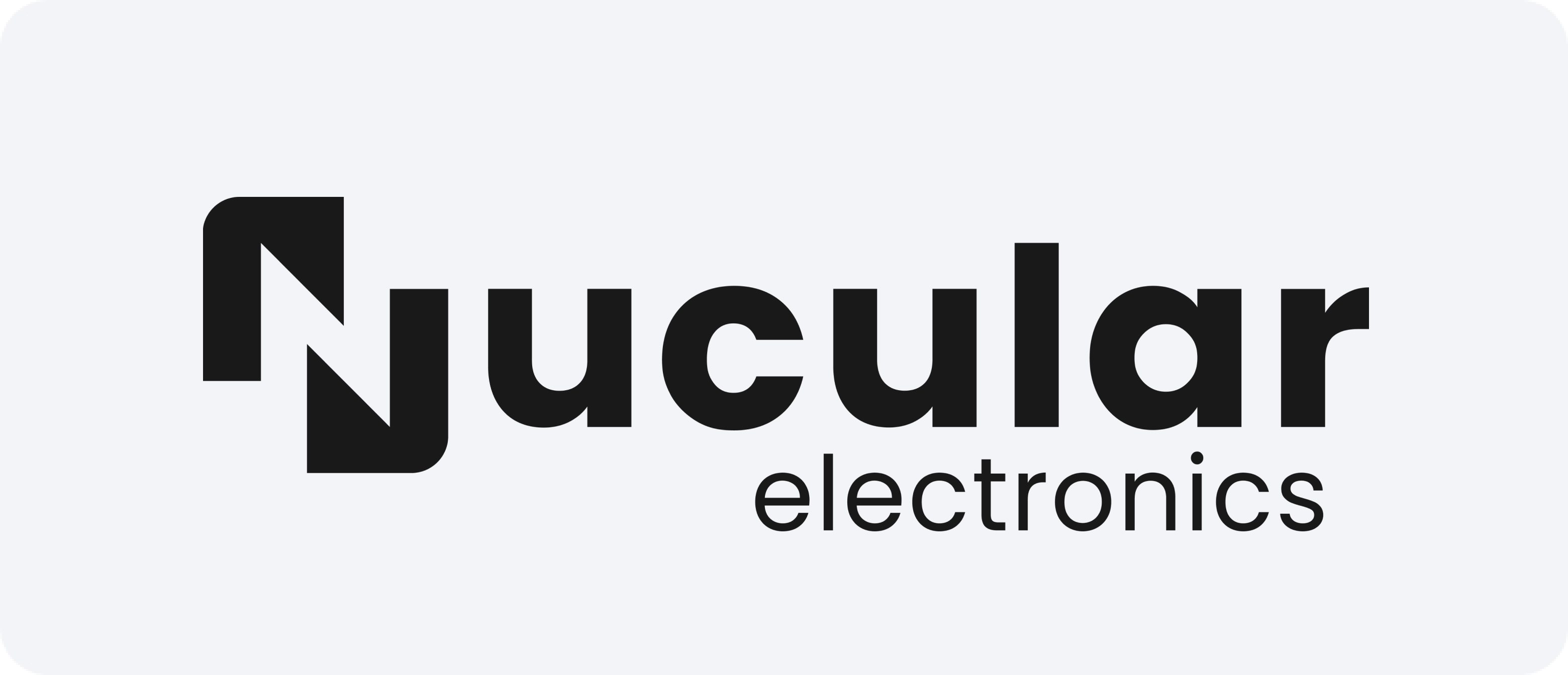


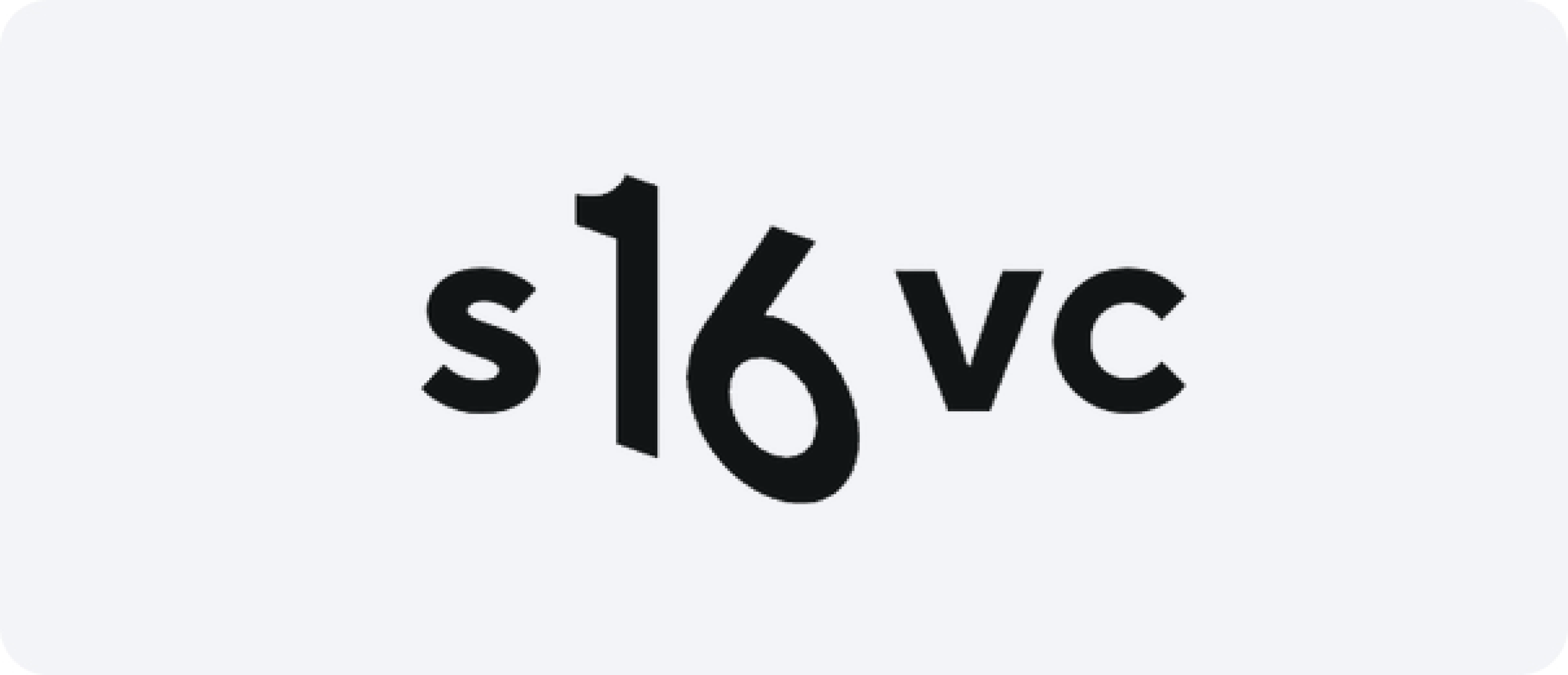

















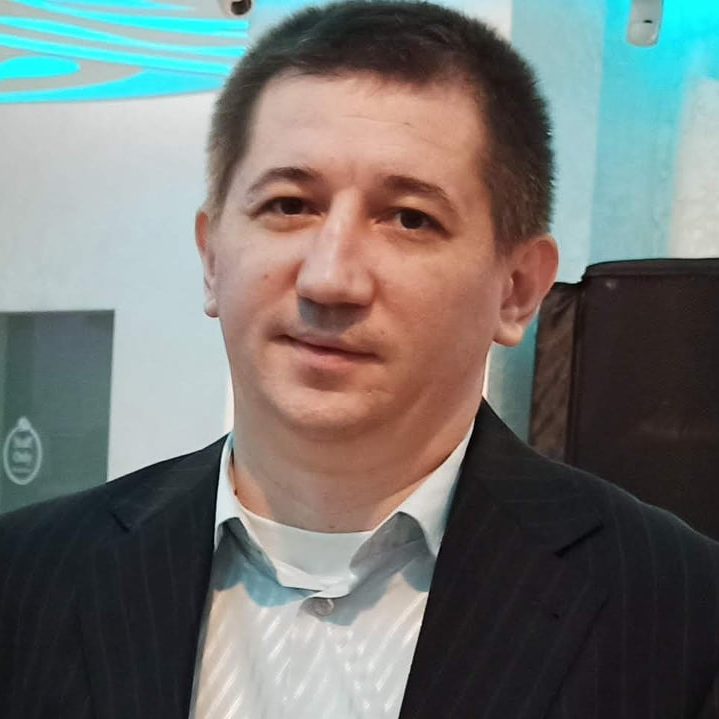
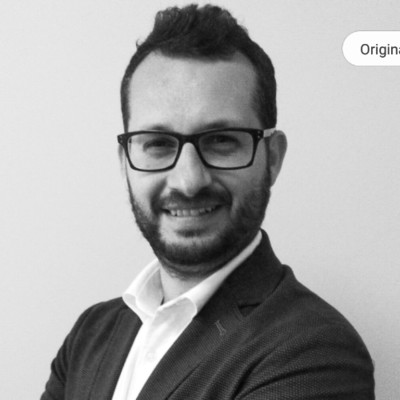
Składanie międzynarodowego wniosku patentowego (PCT) na całym świecie
W kontekście ochrony własności intelektualnej w skali globalnej, złożenie wniosku w ramach Traktatu o Współpracy Patentowej (PCT) stanowi kluczową strategię dla wynalazców i przedsiębiorstw, które chcą chronić swoje innowacje w wielu krajach. System ten upraszcza ten proces, umożliwiając wnioskodawcom rejestrację jednego zgłoszenia globalnego, które następnie może być wykorzystane do ubiegania się o ochronę patentową w maksymalnie 153 państwach-stronach. To ujednolicone podejście znacznie zmniejsza złożoność i koszty związane z rejestracją patentów w poszczególnych krajach. W tym artykule dowiesz się, jak zarejestrować wniosek w ramach PCT, jakie korzyści on niesie i czego można się spodziewać w trakcie całego procesu.
Zalety składania dokumentów
Rejestracja globalnego wynalazku za pośrednictwem systemu zapewnia liczne korzyści, które ułatwiają ochronę własności intelektualnej na całym świecie. Oto kilka najważniejszych zalet:
- Globalny zasięgSystem umożliwia wnioskodawcom ubieganie się o ochronę w ponad 150 krajach za pośrednictwem jednego, scentralizowanego procesu. Oszczędza to czas i zasoby w porównaniu z koniecznością składania oddzielnych wniosków w każdym kraju.
- Wydłużony czas podejmowania decyzji: Oferuje dłuższy okres na podjęcie decyzji o ewentualnym zgłaszaniu wynalazków w różnych krajach. Po rejestracji na całym świecie wnioskodawcy mają do 30 lub 31 miesięcy (w zależności od kraju) na złożenie wniosków w fazie krajowej w określonych jurysdykcjach.
- Oszczędność kosztówChociaż początkowa opłata rejestracyjna za zgłoszenie PCT może wydawać się wyższa, możliwość odroczenia znacznych kosztów związanych z rejestracją poszczególnych zgłoszeń krajowych sprawia, że jest to bardziej opłacalne w dłuższej perspektywie. Rejestracja globalna pozwala ocenić potencjał sukcesu komercyjnego przed podjęciem decyzji o kosztownym zgłoszeniu krajowym.
- Badanie wstępne:Zapewnia możliwość przeprowadzenia wstępnego badania, w ramach którego sporządzany jest raport z badań w celu zidentyfikowania stanu techniki, który mógłby wpłynąć na nowość wynalazku. Może to dać Ci wgląd w możliwość opatentowania Twojego pomysłu przed poniesieniem dalszych kosztów.
Proces: Kluczowe kroki
Proces rejestracji obejmuje kilka ważnych kroków, które omówimy poniżej. Zrozumienie tych etapów gwarantuje, że kandydaci będą przygotowani na to, co ich czeka.
1. Etap składania
Pierwszym krokiem w tym procesie jest rejestracja w urzędzie krajowym lub regionalnym. Można to zrobić elektronicznie lub papierowo, w zależności od jurysdykcji. Zgłoszenie musi zawierać opis wynalazku, zastrzeżenia określające zakres ochrony oraz wszelkie istotne rysunki. Na tym etapie konieczne będzie również pokrycie kosztów ogólnych.
2. Międzynarodowy raport z poszukiwań (ISR)
Po zgłoszeniu wynalazku, Międzynarodowy Organ Poszukiwawczy (ISA) przeprowadza poszukiwania w celu zidentyfikowania istotnego stanu techniki, który może mieć wpływ na zdolność patentową wynalazku. ISR zapewnia przegląd wcześniejszych wynalazków i publikacji, które mogą mieć wpływ na prawdopodobieństwo uzyskania patentu w różnych krajach. Raport ten będzie kluczowy dla oceny zdolności patentowej Twojego wynalazku.
3. Etap publikacji
Po upływie 18 miesięcy od daty pierwszeństwa zgłoszenie zostaje opublikowane. Publikacja ta jest udostępniana publicznie, co oznacza, że inni mogą dowiedzieć się o Twoim wynalazku. Publikacja nie wpływa jednak na Twoje prawa własności intelektualnej – informuje jedynie globalną opinię publiczną o Twoim oczekującym na zatwierdzenie wynalazku.
4. Opcjonalny egzamin wstępny
Po otrzymaniu ISR wnioskodawcy mogą wnioskować o wstępne badanie. Badanie to pozwala ocenić potencjalną zdolność patentową wynalazku w oparciu o dostępny stan techniki. Chociaż nie jest to obowiązkowe, krok ten może być pomocny w ocenie zasadności ubiegania się o ochronę wynalazku przed poniesieniem kosztów związanych z wejściem w fazę krajową.
5. Faza krajowa wejścia
Po fazie globalnej wnioskodawca może przejść do fazy krajowej, rejestrując się w poszczególnych urzędach krajowych. Na tym etapie wnioskodawcy muszą uiścić wymagane opłaty krajowe i przestrzegać odpowiednich przepisów i procedur obowiązujących w każdym kraju, w którym ubiegają się o ochronę. Faza krajowa musi rozpocząć się w ciągu 30 lub 31 miesięcy od daty pierwszeństwa, w zależności od jurysdykcji.
6. Przyznanie wynalazku
Po zakończeniu etapu krajowego, poszczególne urzędy rozpatrzą wniosek i mogą przyznać patent na wynalazek. Proces ten obejmuje ocenę zgodności wynalazku z przepisami i wymogami krajowymi, a wnioskodawca musi odnieść się do wszelkich zastrzeżeń zgłoszonych podczas badania.
Koszty i opłaty
Jedną z obaw wnioskodawców jest opłata za rejestrację. Chociaż opłata na etapie początkowym może wydawać się wysoka w porównaniu z wnioskami krajowymi, ważne jest, aby wziąć pod uwagę oszczędności w dłuższej perspektywie. Konsolidując wnioski w jedną rejestrację globalną, zmniejszasz obciążenie administracyjne i początkowe koszty rejestracji w wielu krajach.
Do głównych kosztów zalicza się:
- Opłata za przesłanie:Opłata globalna różni się w zależności od urzędu odbiorczego. Za dodatkowe strony lub języki mogą obowiązywać dodatkowe opłaty.
- Globalna opłata za wyszukiwanie:Opłata za przeprowadzenie globalnego wyszukiwania zależy od wybranego ISA.
- Opłata za badanie wstępne:W przypadku wniosku o badanie wstępne, wymagane będzie dodatkowe copłata.
- Opłaty za fazę krajową:Po fazie globalnej przejście do fazy krajowej wiąże się z koniecznością uiszczenia opłat krajowych w każdej jurysdykcji.
Koszty są na ogół bardziej przystępne niż rejestracja wielu indywidualnych wniosków w różnych krajach, zwłaszcza jeśli weźmiemy pod uwagę korzyści wynikające z wydłużonego czasu podejmowania decyzji i możliwość oceny potencjału rynkowego wynalazku.
Wniosek
Rejestracja zgłoszenia PCT to strategiczny sposób na globalną ochronę swojego wynalazku, przy jednoczesnym zarządzaniu kosztami i nakładem pracy administracyjnej. Proces ten upraszcza zgłoszenia globalne, umożliwiając złożenie jednego zgłoszenia nawet do 153 krajów. Niezależnie od tego, czy jesteś wynalazcą, czy firmą poszukującą globalnej ochrony, system stanowi potężne narzędzie do rozszerzania zasięgu Twojej własności intelektualnej na arenie międzynarodowej. Rozumiejąc poszczególne kroki, korzyści i koszty, możesz podejmować świadome decyzje, które zabezpieczą Twoją innowację na lata.
